 for the Smiles of Children
for the Smiles of Children
The suffering goes to the children
Children are often the most severely affected by inadequate sanitation and open defecation. Each year, 525,000 children under the age of five die from diarrheal diseases around the world.
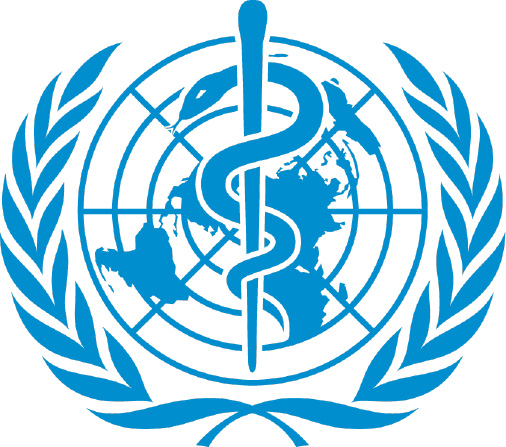
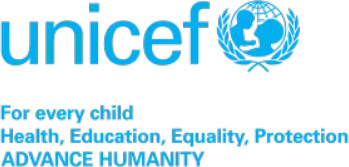
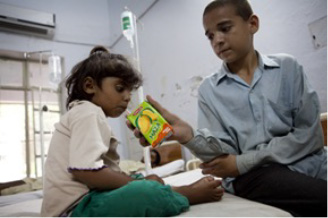
Diarrhea and Child Mortality
There are many different pathogens that cause diarrheal infection, including viruses, bacteria, and parasites. Two landmark studies provided insight to the leading etiologies causing pediatric diarrheal disease in LMICs.
WHO and The Global Enteric Multicenter Study found that the leading pathogens causing moderate-to-severe diarrhea in children <5 years of age were rotavirus, Cryptosporidium, Shigella, and enterotoxigenic Escherichia coli. The Etiology, Risk Factors, and Interactions of Enteric Infections and Malnutrition and the Consequences for Child Health found that norovirus, rotavirus, Campylobacter, astrovirus, Cryptosporidium, and Shigella were the leading pathogens causing diarrhea in the first 2 years of life.
WHO attributes this high prevalence to repeated viral and bacterial infections due to unsafe water and poor sanitation. The main cause is a lack of toilets that can properly dispose of excrement, and the excrement that falls on the ground contaminates drinking water and water resources.
The reason why open defecation is not decreasing is due to inadequate sewage infrastructure. Developing countries do not allocate enough budget for sewage infrastructure to support the installation of public toilets.
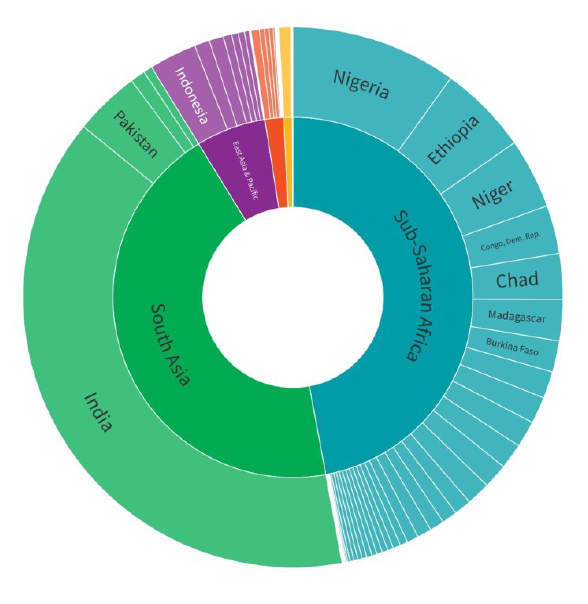
Our role is:
To Protect children from
-
Excreta-Contaminated Environments
Environmental pollution from human waste causes contamination of drinking water in particular
-
Infectious diseases
Contaminated drinking water leads to the spread of diseases such as cholera, diarrhea, and dysentery
-
Sexual Crimes
Rape crimes targeting girls who defecate in the open are occurring frequently
Facilitating Sexual Crimes
■ Make it easier to commit sexual crimes
Investigating authorities announced that 95% of all rapes in India occur when girls go out alone in secluded places, to urinate or defecate. Sex offender have been known to cluster at such locations, awaiting helpless victims. Similar situation exists in many African countries.
The number of rape crimes in India is at least 30,000 annually.
However, this is only the number of cases that came to light when victims reported sexual assault to the police. The actual number is said to be several times higher than this.
This is the worst social problem facing India.

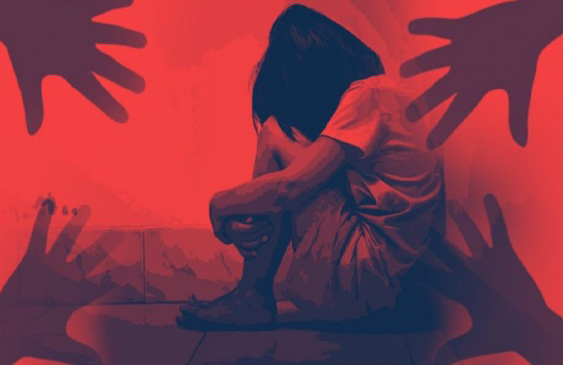
Income Gap = Hygiene Gap

■ Economical Reasons
Open defecation free families save nearly Rs 50,000 /year
This means that in terms of cost-benefit ratio, considering in one hand the expenditures of the households and of the government, and financial savings induced by improved sanitation on the other, an investment of Rs 1 led to a saving of Rs 4.3, said Nicolas Osbert (Chief, Water, Sanitation and Hygiene (WASH), UNICEF, India)
Open defecation free families save up to Rs 50,000 per year by averting medical costs, reveals a study released by the UNICEF. The study, conducted across 10,000 rural households across 12 states, found a cost-benefit ratio of 430 per cent on an average.
"This means that in terms of cost-benefit ratio, considering in one hand the expenditures of the households and of the government, and financial savings induced by improved sanitation on the other, an investment of Rs 1 led to a saving of Rs 4.3," said Nicolas Osbert.
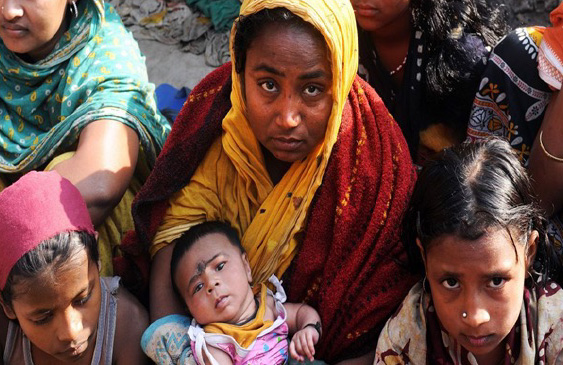
This shouldn't be the case.
to contribute as much as possible to the healthy growth of young children.
